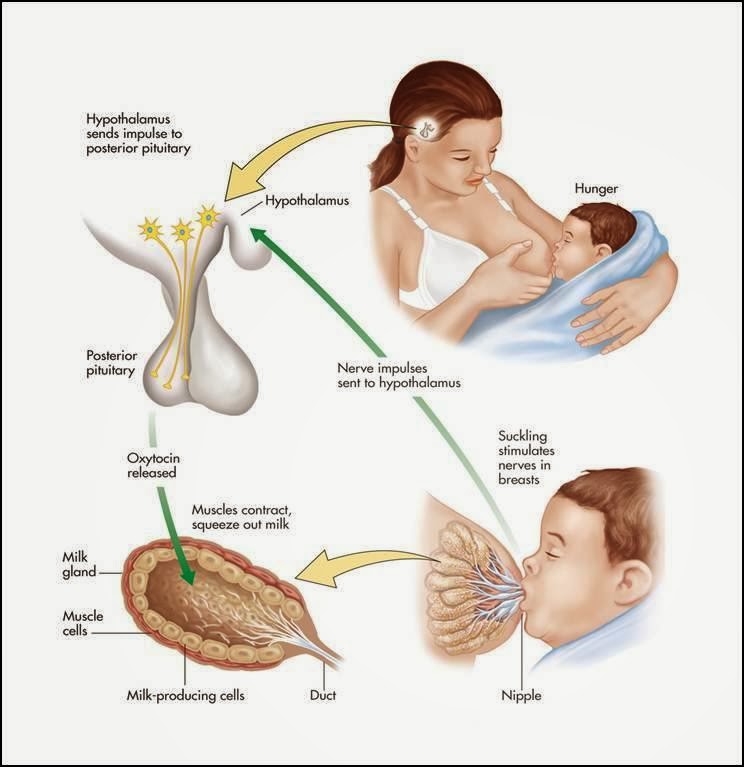2019-02-20 16:55:54
Prelude
Today's Topics
- Wrap-up on hormonal communication
- Quiz 2
Warm-up
Black widow spider venom causes paralysis by impeding the normal function of which neurotransmitter system?
- Glutamate (Glu)
- GABA (GABA)
- Dopamine (DA)
- Acetylcholine (ACh)
Black widow spider venom causes paralysis by impeding the normal function of which neurotransmitter system?
- Glutamate (Glu)
- GABA (GABA)
- Dopamine (DA)
- Acetylcholine (ACh)
With one exception, the monoamine neurotransmitters bind to what type of receptors?
- ionotropic
- voltage-gated
- nicotinic
- metabotropic
With one exception, the monoamine neurotransmitters bind to what type of receptor?
- ionotropic
- voltage-gated
- nicotinic
- metabotropic
With one exception, the monoamine neurotransmitters bind to what type of receptor?
ionotropicvoltage-gatednicotinicACh binds to nAChR; ACh not a monoamine- metabotropic
The outward flow of this ion across the neural membrane creates what kind of PSP?
- Cl-; IPSP
- K+; IPSP
- Glutamate; EPSP
- GABA; EPSP
The outward flow of this ion across the neural membrane creates what kind of PSP?
- Cl-; IPSP
- K+; IPSP
- Glutamate; EPSP
- GABA; EPSP
The outward flow of this ion across the neural membrane creates what kind of PSP?
Cl-; IPSPOutward Cl- -> inside less negative == EPSP- K+; IPSP Make inside less positive
Glutamate; EPSPGlu not an ion; transported acrossGABA; EPSPGABA not an ion; transported across
Hormones influence biologically essential behavioral and physiological functions, so which brain area would you predict controls hormonal release?
- Cerebellum
- Thalamus
- Tegmentum
- Hypothalamus
Hormones influence biologically essential behavioral and physiological functions, so which brain area would you predict controls their release?
- Cerebellum
- Thalamus
- Tegmentum
- Hypothalamus
Wrap-up on hormonal communication
Where are hormones released
Where are hormones released?
- CNS
- Hypothalamus
- Pituitary
- Anterior
- Posterior
- Pineal gland
Where are hormones released
Where are hormones released?
- Rest of body
- Thyroid
- Adrenal (ad=adjacent, renal=kidney) gland
- Adrenal cortex
- Adrenal medulla
- Gonads (testes/ovaries)
Two hypothalamus/pituitary release systems
- Direct
- Indirect
Direct hormone release into bloodstream
- Hypothalamus (paraventricular, supraoptic nucleus) to
- Posterior pituitary
- Oxytocin
- Arginine Vasopressin (AVP, vasopressin)
Direct release
Indirect release
- Hypothalamus -> releasing hormones
- Anterior pituitary -> tropic hormones
- End organs
Indirect release
Case studies
Case 1: Responses to threat or challenge
- Neural response
- Sympathetic Adrenal Medulla (SAM) response
- Sympathetic NS activation of adrenal medulla, other organs
- Releases NE and Epi
Case 1: Responses to threat or challenge
- Endocrine response
- Hypothalamic Pituitary Adrenal (HPA) axis
- Adrenal hormones released
- Hypothalamus
- Corticotropin Releasing Hormone (CRH)
- Anterior pituitary
- Adrenocorticotropic hormone (ACTH)
Case 1: Responses to threat or challenge
- Adrenal cortex
- Glucocorticoids (e.g., cortisol)
- Mineralocorticoids (e.g. aldosterone)
Adrenal hormones
- Steroids
- Derived from cholesterol
- Cortisol
- increases blood glucose, anti-inflammatory
- negative consequences of prolonged exposure
- Aldosterone
- Regulates Na (and water) retention in kidneys
Case 2: Reproductive behavior – the milk letdown reflex
- Hypothalamus releases oxytocin into posterior pituitary
- Targets milk ducts in breast tissue
Milk letdown reflex

Oxytocin's role
- Sexual arousal
- Released in bursts during orgasm
- Stimulates uterine, vaginal contraction
- Links to social interaction, bonding (Weisman and Feldman 2013)
- Alters face processing in autism (Domes et al. 2013)
Oxytocin
Quiz 2
References
Domes, Gregor, Markus Heinrichs, Ekkehardt Kumbier, Annette Grossmann, Karlheinz Hauenstein, and Sabine C. Herpertz. 2013. “Effects of Intranasal Oxytocin on the Neural Basis of Face Processing in Autism Spectrum Disorder.” Biological Psychiatry 74 (3): 164–71. doi:http://dx.doi.org/10.1016/j.biopsych.2013.02.007.
Weisman, Omri, and Ruth Feldman. 2013. “Oxytocin Effects on the Human Brain: Findings, Questions, and Future Directions.” Biological Psychiatry 74 (3): 158–59. doi:http://dx.doi.org/10.1016/j.biopsych.2013.05.026.


.png)